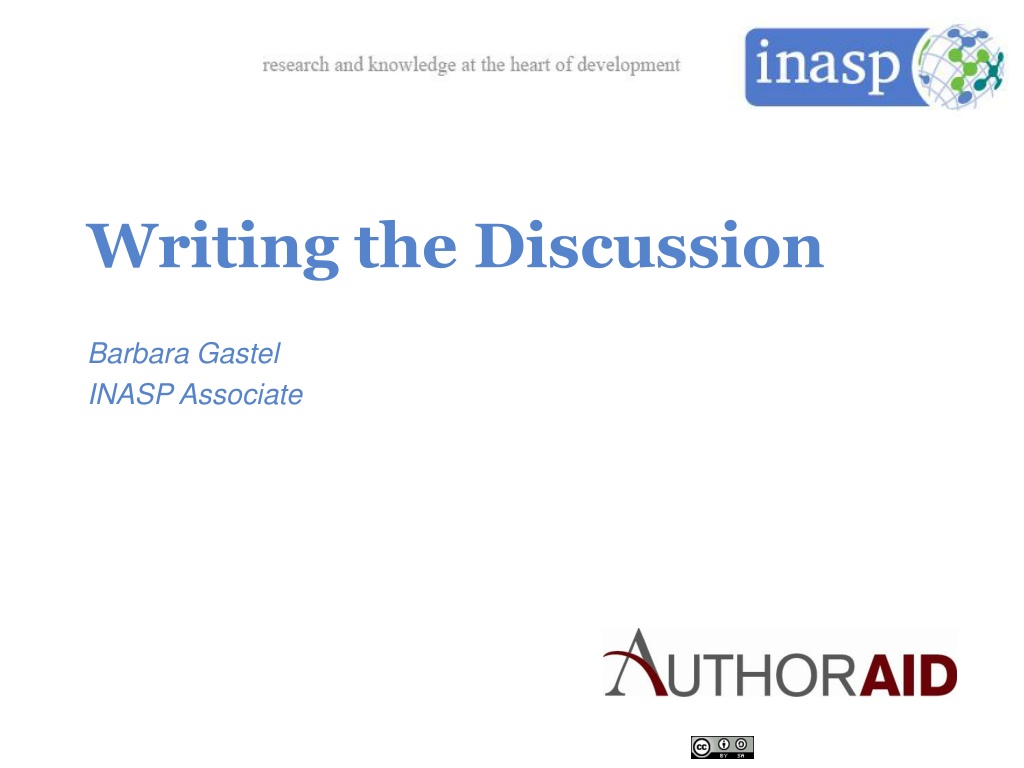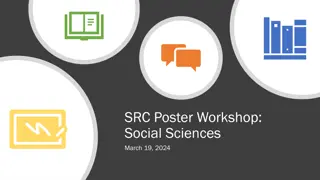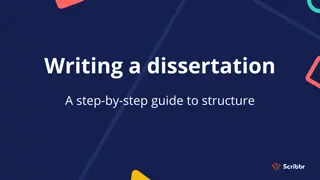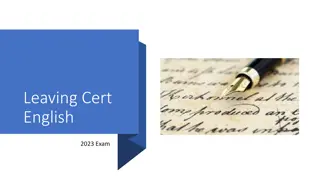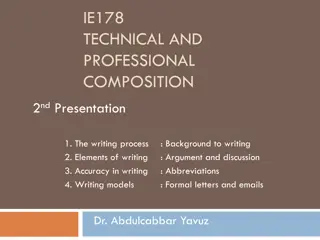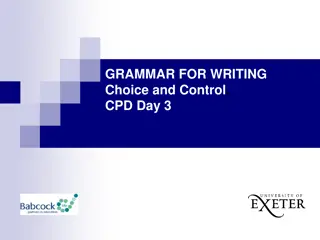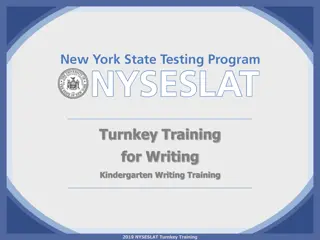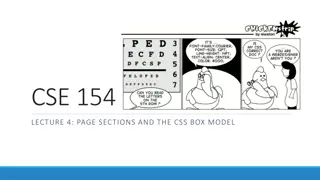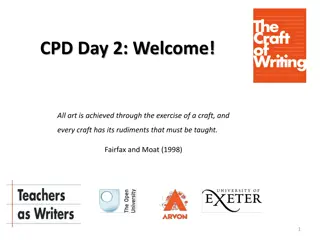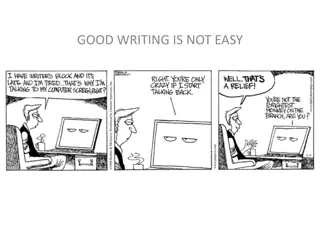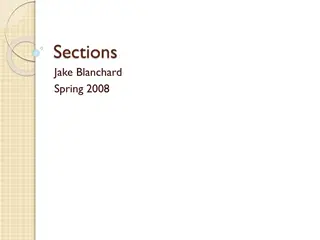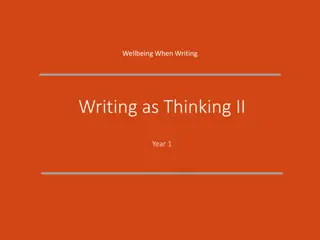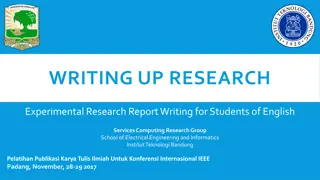Writing Effective Discussion Sections
Learn how to structure and write a comprehensive discussion section in your research paper. Understand the key purposes, content elements, and strategies for addressing strengths, limitations, relationships to other research, applications, implications, and the need for further studies.
Download Presentation

Please find below an Image/Link to download the presentation.
The content on the website is provided AS IS for your information and personal use only. It may not be sold, licensed, or shared on other websites without obtaining consent from the author.If you encounter any issues during the download, it is possible that the publisher has removed the file from their server.
You are allowed to download the files provided on this website for personal or commercial use, subject to the condition that they are used lawfully. All files are the property of their respective owners.
The content on the website is provided AS IS for your information and personal use only. It may not be sold, licensed, or shared on other websites without obtaining consent from the author.
E N D
Presentation Transcript
Writing the Discussion Barbara Gastel INASP Associate
Overview Purposes of the discussion Possible content of the discussion Structure of the discussion
What are some purposes of the discussion section? 24/02/2025 3
Discussion One of the more difficult parts to write, because have more choice of what to say Often should begin with a brief summary of the main findings Should answer the question(s) stated in the introduction (or address the hypothesis or hypotheses stated in the introduction)
The Discussion: Some Possible Content Strengths of the study For example, superior methods, extensive data Limitations of the study For example: small sample size, short follow-up, incomplete data, possible sources of bias, problems with experimental procedures Better to mention limitations than for peer reviewers and readers to think that you re unaware of them If the limitations seem unlikely to affect the conclusions, can explain why
The Discussion: Possible Content (cont) Relationship to findings of other research for example: Similarities to previous findings (your own, others , or both) Differences from previous findings Possible reasons for similarities and differences
The Discussion: Possible Content (cont) Applications and implications for example: Possible uses of the findings (in health care, education, policy, industry, agriculture, etc) Relationship of the findings to theories or models: Do the findings support them? Do they refute them? Do they suggest modifications?
The Discussion: Possible Content (cont) Other research needed for example: To address questions still unanswered To address new questions raised by the findings Other
Structure of the Discussion Typically should move from specific to general, rather like an inverted funnel (opposite of introduction) In some journals, may be followed by a conclusions section
Overall Structure of a Paper: Like an Hourglass
Exercise See what, if anything, your target journal s instructions to authors say about the discussion. In the discussion section of the paper that you re using as a model, notice items such as Length Types of content Organization Phrases used Citation of references Use this discussion section and others in the same journal as models.
Another exercise Share the draft of your discussion with the rest of your small group. Write comments on each other s drafts. Both identify strengths and suggest improvements. Discuss each member s draft, first noting strengths and then suggesting potential improvements. If parts of the writing seem to need clarification, identify them. Share the commented-on copies with the authors. 24/02/2025 12
In Conclusion Questions and answers Wrap-up 24/02/2025 13
Wishing you much success in writing journal articles! 24/02/2025 14
This work is licensed under a Creative Commons Attribution ShareAlike 4.0 International licence. 24/02/2025 15
